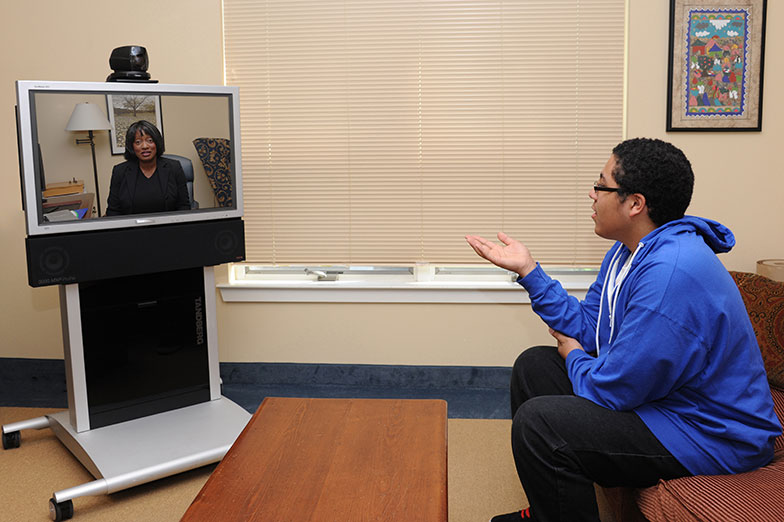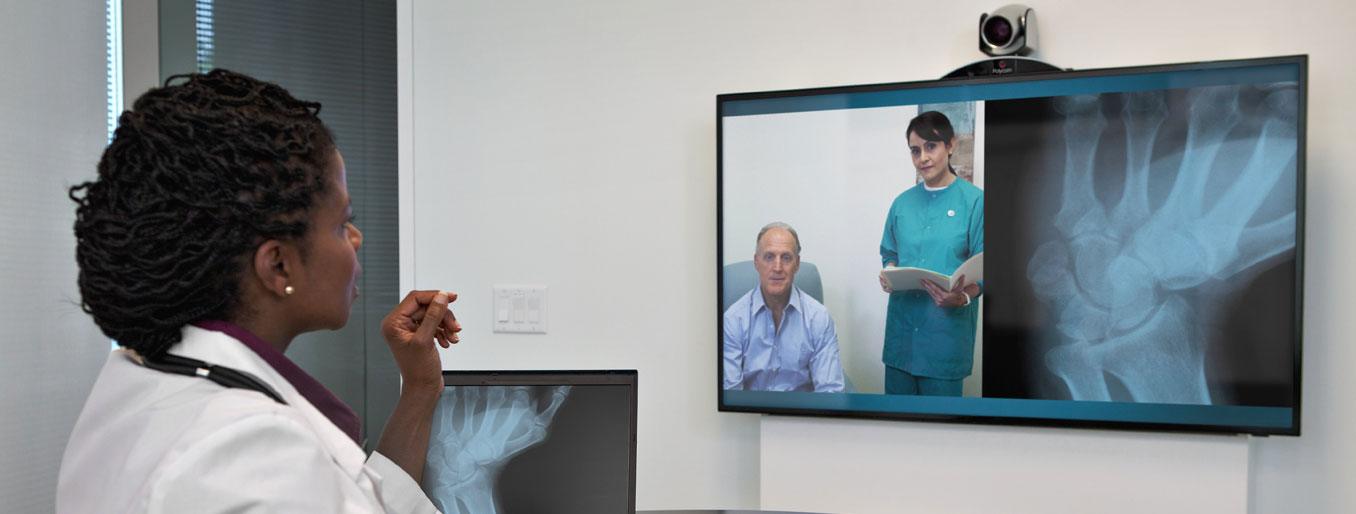
One in four people is likely to be affected by mental illness. Alarmingly, nearly two-thirds of people with mental illness do not seek help, according to reports by WHO. Fear of discrimination, stigma and lack of awareness are some of the reasons for this. Lack of timely intervention and delaying treatment could be reasons contributing to these growing numbers.
It largely rests on governments to make mental health a priority. Moving care from big mental health institutions to community-driven programmes and primary care facilities will largely increase patient accessibility to mental health care. Early detection of symptoms and strategic decisions about care can lead to better health outcomes. According to WHO, over 80% of people with schizophrenia can be free of relapses after one year of treatment with antipsychotics and supportive intervention. Up to 70% of people with depression can recover with proper medication and psychotherapy and up to 70% of epileptic patients can be seizure-free if treated with the right anticonvulsants.
One of the many hurdles with mental health care is the lack of specialists. It is estimated that many countries have just one psychiatrist per 100,000 people. This is particularly challenging for low-income populations, but also a problem plaguing people across the board who need help.
Telepsychiatry
Psychiatry and counselling through telehealth services is a relatively new practice. While psychiatric assessment may be a challenge, particularly with new patients, telepsychiatry or telemedicine in general, seeks to overcome the issue of accessibility of care.
Video consultations with psychiatrists do have several benefits-
- Helps people with mental health issues situated in rural areas connect with specialists located in cities
- Allows elderly patients or patients with physical infirmities to consult with a mental health therapist
- Reduces dependency on clinics to have adequate number of beds to admit patients for treatment
- Improves follow-up with psychiatrists as it doesn’t require travelling. For the same reason, it is more cost-effective.
- Improves adherence to treatment and medication owing to continuous/frequent monitoring
- Patients are more likely to open up to their caregivers when situated in familiar or comfortable surroundings (like their homes)
- Limited infrastructural requirements. A monitor with a webcam or a laptop, a microphone and a good internet connection is all that is required
- Enables the patient’s healthcare team (providers, home caregivers and physicians) to be involved in the same discussion
- Allows patients to confidentially consult with a psychiatrist without fear of discrimination or stigma
- Effectively addresses the shortage of psychiatrists as consultations can take place irrespective of geographical constraints
Challenges with telepsychiatry
Despite the various benefits, the complete scope of telemedicine is yet to be explored. There have been challenges in adopting this new form of doctor-patient communication. It requires a cultural and behavioural change from providers and patient users alike. Psychiatrists and therapists should see it as a way to receive accessible, affordable and reliable mental health care.
In saying that, there are still a few challenges with adopting telepsychiatry for mental health treatment. Firstly, many governments and state legislatures are yet to recognize telemedicine as a suitable means of offering mental health care. Rules and regulations governing its use have not been established clearly. As state laws differ in many countries, very often psychiatrists need to be registered to practice in the state that their patients are from, for telehealth sessions. This can be quite restricting, limiting doctors from offering only patients in their state the option of consulting remotely.
Secondly, medical reimbursements for telepsychiatry is another obstacle. Many large national medical insurance providers do not provide reimbursements for telepsychiatry sessions, only a few private insurers recognize this as a valid method of care delivery.
Thirdly, some psychiatrists and patients feel that this sort of interaction is not adequate. Despite technology adoption, there is a still an increased dependence on direct interaction. As a result, many users feel that it is particularly difficult to make an accurate psychological assessment without first meeting the patient at their clinic. However, telepsychiatry should only be used to serve as a supportive care tool and continuous monitoring rather than a diagnostic platform.
Questions about ethics and safety are also valid concerns for both health providers and patient users.
Outlook for the future of telemedicine in mental health

While there are a few obstacles that stand in the way of telehealth being adopted for psychiatry, things are slowly changing. Organizations like the American Psychiatric Association, governments in Australia, New Zealand, South Africa and the UK are also encouraging providers to increase the accessibility of mental health care, with stringent ethical and safety guidelines.
Many large mental health institutions have started to implement telehealth tools to reach out to more patients in need. However, as stated earlier, mental health care and counselling for mental illness need to go beyond specialized care centres to reach community and primary care facilities. Given that it requires minimal cost and training time to set up a telepsychiatry facility in a clinic, more providers should be looking to set up this service.
It goes without saying that prior to any new technology adoption, providers and patients will need to be trained to understand the use, benefits and limitations of telepsychiatry. Strict ethical guidelines to ensure patient confidentiality, a suitable consultation environment and an efficient online system for communication is absolutely essential.
Overall, telepsychiatry is poised to be a suitable alternative to overcome stigma and discrimination related to mental illness. Patients and their families can maintain their privacy without having to be concerned about being judged. Patients with social anxiety, who may otherwise feel disinclined to visit a doctor’s office can use telemedicine to get help. But as stated earlier, telepsychiatry cannot completely replace clinic visits or the initial psychiatric or psychological assessment. However, it does offer hope to millions of people living with various mental illnesses looking for continuous care.
Telepsychiatry for clinics with the Virtual Practice
The Virtual Practice provides mental health clinics and hospitals that opportunity to integrate telehealth services for psychiatric consultations and psychotherapy. Tied to its Personal Health Records (PHR), the video consultation feature allows mental health specialists to view their patients’ complete medical history – including previous medication and health concerns- to make an accurate assessment. Psychiatrists can also encourage their patients to keep track of their mental health by using the health journal, which they can share with their doctors.
Learn more about telemedicine capabilities on the Virtual Practice.




